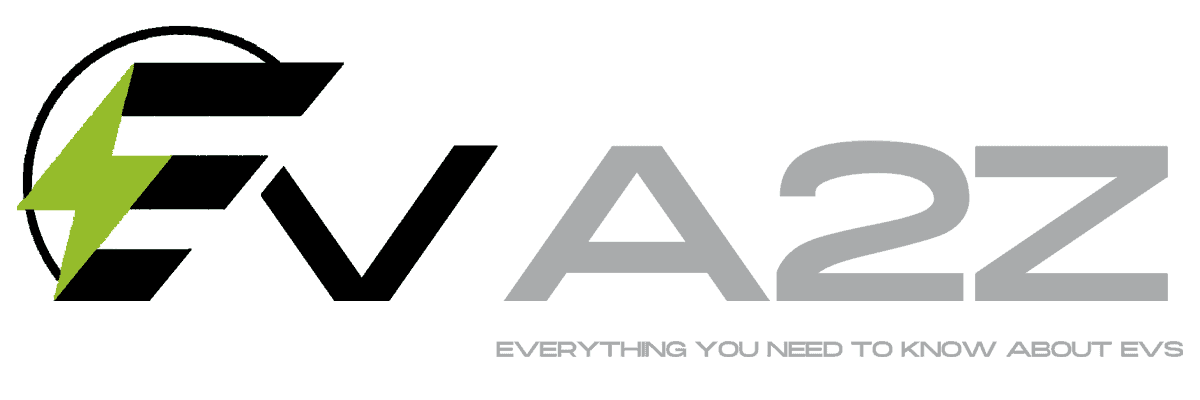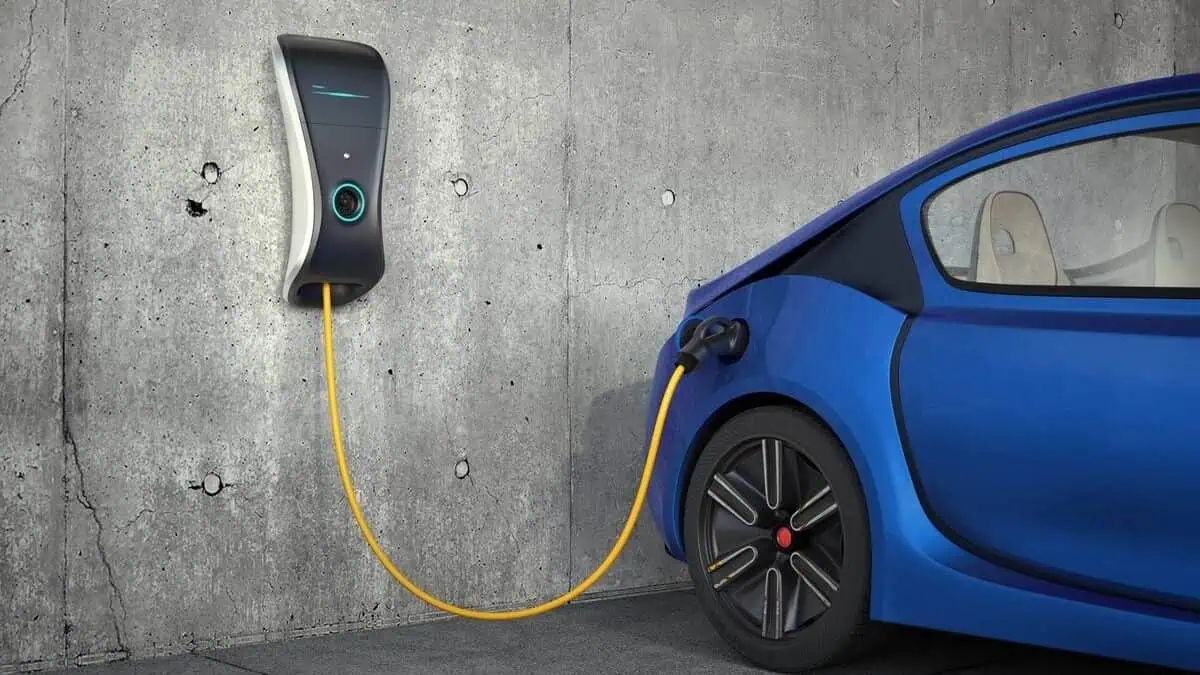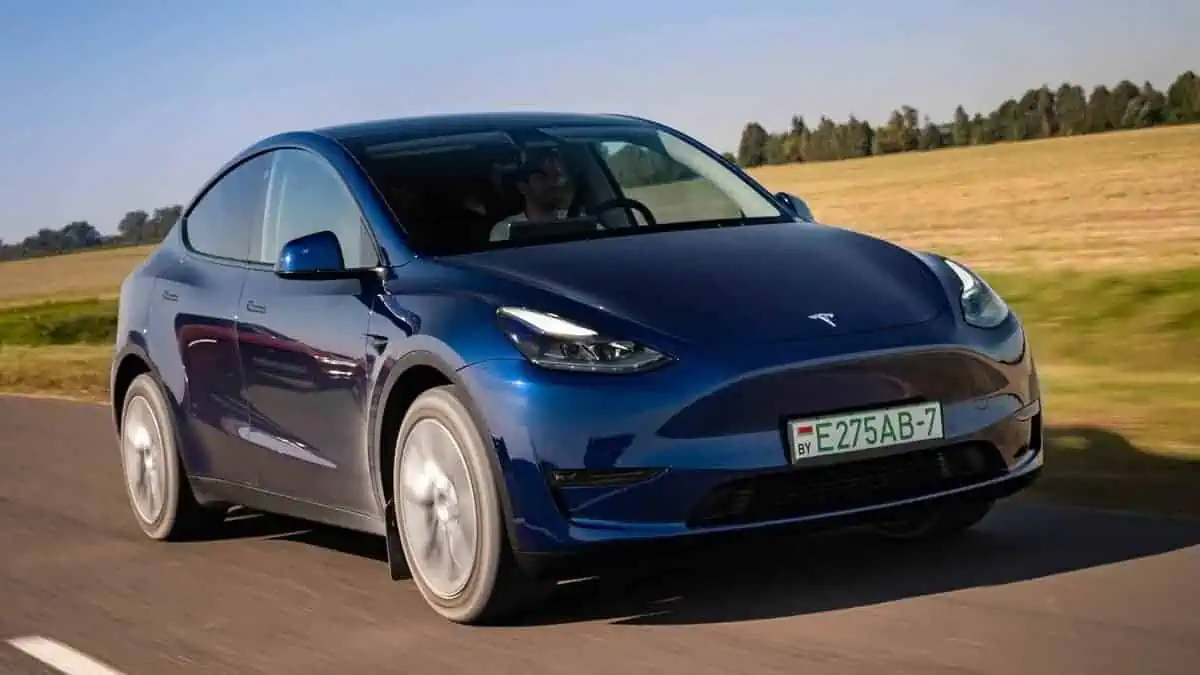A recent Stanford study suggests that the common practice of charging electric vehicles in the evening or overnight at home is wrong, as reported by Stanford News.
In retrospect, a study on the Stanford research team’s charging demand model that can be used for various populations and other parameters was released in March. They implemented their model to the entirety of the Western US in the latest study, which was released on September 22 in Nature Energy. Specifically, they looked at the strain that expanding EV adoption will have on the region’s electric grid by 2035.
They discovered that given the ongoing prevalence of residential overnight charging, the accelerated EV development alone might raise peak power consumption by up to 25% in less than ten years.
In order to reduce greenhouse gas emissions, the researchers encourage drivers to switch to daytime charging at workplaces or public charging stations. Furthermore, the high prices of all that additional power generation and storage capacity would also be reduced as a result.
In view of California‘s recent decision to outlaw the sale of gasoline-powered vehicles and light trucks beginning in 2035, this research finding has policy and investment ramifications for the area and its utilities.
Ram Rajagopal, an associate professor of civil and environmental engineering at Stanford and the study’s co-senior author, stated:
| “We encourage policymakers to consider utility rates that encourage day charging and incentivize investment in charging infrastructure to shift drivers from home to work for charging.” |
Notably, California sold one million electric vehicles overall in February or approximately 6% of all automobiles and light trucks sold. By 2030, the state wants to have five million EV sales.
However, Rajagopal warns that without considerable investments and a change in charging patterns, the grid would be severely stressed when the penetration level reaches 30% to 40% of vehicles on the road. Moreover, it will take years to build such infrastructure.
“We considered the entire Western U.S. region, because California depends heavily on electricity imports from the other Western states. EV charging plus all other electricity uses have consequences for the whole Western region given the interconnected nature of our electric grid,” said Siobhan Powell, lead author of the March study and the new one.
“We were able to show that with less home charging and more daytime charging, the Western U.S. would need less generating capacity and storage, and it would not waste as much solar and wind power,” said Powell, mechanical engineering PhD ’22.
Powell, who just obtained a postdoctoral research position at ETH Zurich, added, “And it’s not just California and Western states. All states may need to rethink electricity pricing structures as their EV charging needs increase and their grid changes.”
If present charging practices continue, more than 5.4 gigawatts of energy storage would be required if 50% of automobiles on the road in the Western US are powered by electricity. Interestingly, that is comparable to five big nuclear power reactors in terms of capacity.
That said, the amount of storage required for electric vehicles would drop to 4.2 gigawatts, with a significant shift toward charging at work rather than at home.
Due primarily to its solar capacity, California now has extra power in the late mornings and early afternoons. The inexpensive power would be utilized efficiently if the majority of EVs were to charge during these hours.
Moreover, the state will be required to construct more natural gas-powered generators or costly, large-scale energy storage if the majority of EVs continue to charge at night. In addition, the unnecessary stoppage causes the electricity that flows to a large battery first and then to an EV battery to lose power.
A neighborhood’s local grid may become unstable if a third of the residences have electric vehicles and the majority of the owners continue to charge at 11 p.m. or whenever electricity prices decrease.
Ines Azevedo, a co-senior author of the new paper and an associate professor of energy science and engineering at the newly-opened Stanford Doerr School of Sustainability, concurred:
“The findings from this paper have two profound implications: the first is that the price signals are not aligned with what would be best for the grid – and for ratepayers. The second is that it calls for considering investments in a charging infrastructure for where people work.”
“We need to move quickly toward decarbonizing the transportation sector, which accounts for the bulk of emissions in California,” Azevedo continued. “This work provides insight on how to get there. Let’s ensure that we pursue policies and investment strategies that allow us to do so in a way that is sustainable.”
In fact, billing commercial and industrial customers significant costs depending on their peak electricity use is another problem with the way electricity pricing is structured. Employers may be less likely to install chargers as a result, especially if half or more of their workforce owns electric vehicles.
In addition to comparing various home time-of-use rates and business demand charges, the team also evaluated various scenarios of charging infrastructure availability. At the grid level, certain rate modifications led to worsening conditions, while other changes led to better ones.
Finally, the analysis discovered that the most significant advantages came from a charging infrastructure that promotes more daytime charging and less at home.






